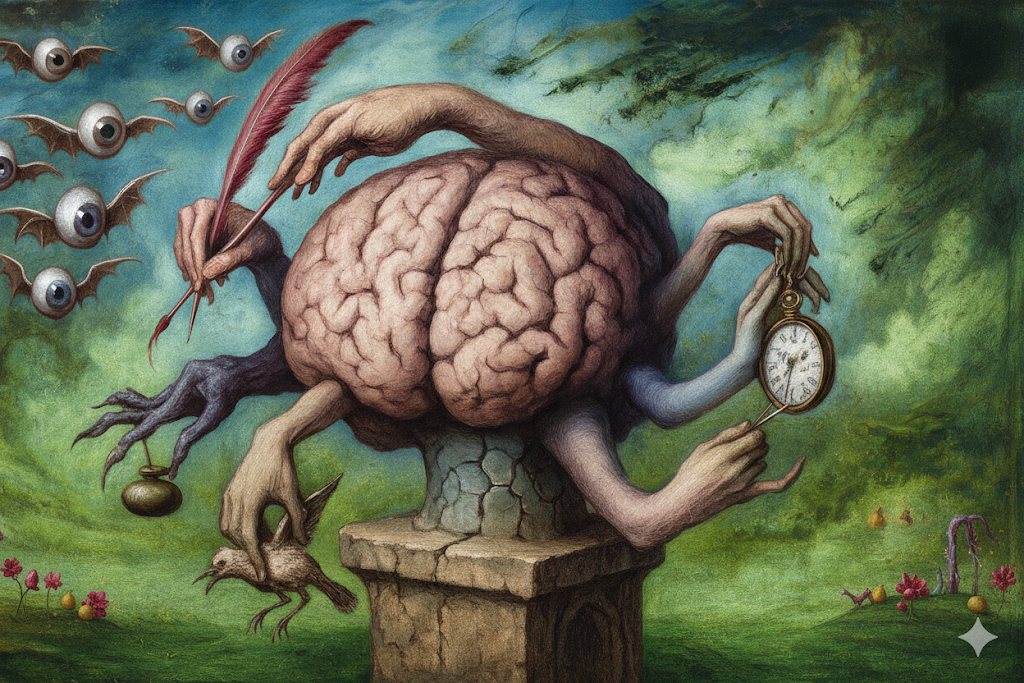There’s one thing that separates excellent technologists from effective technologists. It’s not agency, although you need that too. It isn’t grit, drive, talent, or even practice. Nor is it influence, charisma, or whatever “thought leadership” is supposed to mean. It’s the Juice.
I spent a few hours this weekend developing a simulator of Monopoly (the board game). My idea was to try out different strategies to see which would win most often. It turns out that the old ideas to ignore the cheapest properties or to never buy hotels were slight negatives. The only thing that matters is making good trades. To win at Monopoly you must trade to get complete sets that you can later upgrade. But in order to make good trades, you have to understand what the buyer wants.
Understanding who they buyer is and what they want is the Juice that will accelerate your work. When a project has the Juice, it yields better products, faster delivery, higher impact, and more cash in bonus paychecks. If you have it, you keep everything moving smoothly, and you can execute without blocking issues. When you don’t, you’ll struggle to deliver even the smallest features.
The definition of the Juice couldn’t be any more straightforward: The Juice is aligning what you work on with what the buyer is prioritizing.
Whose priorities?
Anyone will pay more attention to what they are prioritizing, and so the most useful definition of the Juice is the attention of your buyer on a project. The “buyer” is sometimes the purchaser of software, but more commonly the “buyer” is an executive at a large firm or the VC buzz for a startup.
If you work at a company that operates largely top-down, you may think that I’m nuts to bother writing about this. At top-down companies, everyone works on what they are told. There isn’t Juice per se, because the fact that you are assigned to a project is an indication of executive priority. However, at the places where I’ve worked, executives have realized that they can be most effective by letting the company run primarily bottom-up. They lead by applying attention to what is important to them.
Attention is important because there are many things to do at large software companies. There are security bugs to fix, performance metrics to improve, feature requests to implement, and brand new projects to develop. You may think that it is the new projects that have the Juice, but that isn’t always the case.
Microsoft is in the midst of a massive focus on security hardening. The progress made on the security initiatives was all that many executives would ask about. Those projects had the Juice.
Meanwhile, AI is clearly a focus at Microsoft, as well as every other software company. 71% of venture capital deals in 2025 Q1 went to AI firms. Even when excluding OpenAI, AI companies picked up 48.5% of the money.
When a project, scope, feature, or initiative as the attention of the buyers, it’s like hitting the turbo button.
How the Juice works
The attention is critically important. Executives and venture capitalists don’t do any of the actual implementation, because they have a different job. They direct resources, negotiate, and otherwise grease wheels on the project’s behalf. Great executives make everything about a Juiced project go more smoothly. They may talk to Marketing to increase their efforts, assign more engineers, get a roadblock out of the way, or any number of other things.
You usually won’t see all of this work. Do not make the mistake that a VC is only providing finances. Sometimes I’ll see complaints that some famous CEO isn’t doing any real work, but those people are misguided. Just because they don’t report what they are doing to you, doesn’t mean they aren’t doing it.
In fact, having the attention can get annoying fast. It means more questions, more status updates, and more time re-explaining everything over again. The attention has to be satisfied, but it is absolutely worth it when you are trying to have an impact.
Follow it or create it?
Since you need the Juice, there are two ways to get it: change what you work on to where the attention is or increase the attention on what you’re working on. Neither approach is correct 100% of the time. I’ve focused in the past on climbing the ladder, changing teams and projects to areas of more growth.
Follow the Juice
Common advice on the internet is to change jobs every two years or so. Changing jobs often comes with a pay bump, and so this, they say, is the fastest way to higher salaries. But you don’t have to change employers to follow the Juice. No matter what you’re working on, you have a lot of say over how you get it done and what you work on with the rest of your time. To follow the Juice, bend what you work on to those areas that have it.
A few years ago, I was leading a team building data engineering infrastructure for internal use. Most of our customers were calculating service health and product metrics through telemetry. I knew that executive attention would be much higher for Workplace Analytics, which was a user-facing product, and so that’s where I focused our team efforts. Later, I led the team to focus on per-tenant machine learning, which is now the system behind Copilot Tuning, one of Microsoft 365’s hottest products right now. I made sure the team was always moving to where the Juice would be next.
Create the Juice
Lately, my priority is to make sure that AI benefits humanity, not harms it. There are certain products and features that I must work on for this goal, which means it doesn’t help to follow the Juice to other projects. Instead, I need to increase the flow of the Juice to the products I consider important.
The ingredients to create juice are simple: visibility and perceived importance. You need both! If something is never seen, it can’t receive attention, no matter how important it is. Meanwhile, if you try to make something unimportant more visible, you’ll appear annoying or self-serving. It’s obvious at Microsoft when it’s promotion season, because everyone starts sending big announcement newsletters about unimportant features!
Buyers won’t necessarily perceive projects as critically important, even if they are. This is where storytelling comes in. The steps to effective storytelling in brief are:
- Identify your audience. This is the buyer.
- Figure out how they think or what their priorities are.
- Develop a simple pitch that aligns your project to their priorities.
- Always adjust your communication to use the pitch.
This is straightforward in Monopoly, where the buyer is the other player. They ultimately want to win the game, but at a specific moment they may need to get out of jail or complete a property set. You can convince them to make the trade if you keep both of their goals in your proposal.
The last step to creating Juice is to maximize outward communication. Volunteer to write the team newsletter, speak up in status meetings, respond to all of those questions that no one else bothers to, and get popular on social media. To be honest, I’m still learning how to do this well. I practice outward communication by writing this blog!
Squeezing the Juice
Just like you won’t win Monopoly without convincing the other players to trade with you, it doesn’t matter how good you are at coding or market analysis if you don’t have the Juice. All the talent and charisma in the world will not get you very far unless you are aligned to the priority of the buyer.
Once you have it, the Juice is leverage for whatever you need to get done. You can ask for faster timelines from your dependency teams or preferential treatment from your suppliers. You can get that meeting arranged with the critical customer or close your funding round. If you’re continually successful at squeezing the Juice, your buyer will turn around and squeeze the Juice from their own buyer: the higher-level executives, the larger VCs, or even the media.
You can grind away forever building masterful products. But if you don’t have the Juice, you’re just rolling the dice.







